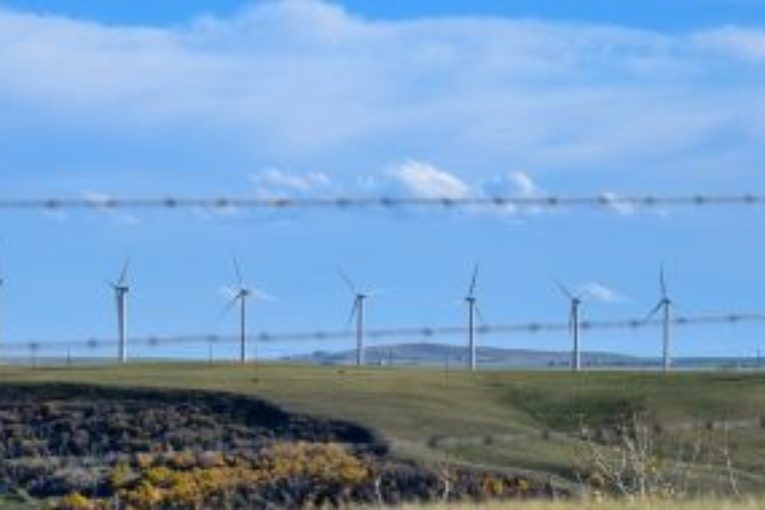
SaskPower’s plan to add 1,900 MW of wind energy to the province’s power grid by 2030 promises more than long-term opportunity for the wind energy industry. It will also bring significant economic and environmental benefits to the province and its residents. But with the influx of new projects in the province of Saskatchewan, the Ministry of Environment has decided to go the way of provinces like Alberta in developing wind energy-specific standards as part of its Environmental Assessment process.
There are now two guidelines as part of the environmental assessment process wind developers undertake with the Ministry of Environment. The Wildlife Siting Guidelines for Saskatchewan Wind Energy Projects was released in 2016 and identifies avoidance zones where developments are considered higher risk to wildlife populations, natural lands or in potential conflict with current land designations like provincial parks or conservation easements.
To complement the siting guidelines, in June, the Saskatchewan Ministry of Environment released Adaptive Management Guidelines for Saskatchewan Wind Energy Projects. This is particularly notable because this is the first adaptive management framework for wind energy in Canada.
There are a lot of definitions of adaptive management. According to the International Energy Agency’s Wind Adaptive Management White Paper, the most widely accepted definition comes from the U.S. National Research Council, which defines adaptive management as, “a decision process that promotes flexible decision making that can be adjusted in the face of uncertainties as outcomes from management actions and other events become better understood. Careful monitoring of these outcomes both advances scientific understanding and helps adjust policies or operations as part of an iterative learning process.” The Ministry of Environment’s new adaptive management guidelines define its purpose as being “to support sound evaluation of wildlife and habitat impacts and foster continuous improvement of mitigation approaches over time.”
The guidelines view adaptive management as a cycle beginning with pre-project planning and assessment of potential impacts. These pre-construction surveys provide the baseline that post-construction monitoring is measured against. These surveys determine the wildlife in the project area and if there are any areas where sensitivities exist.
The guidelines also include standards for post-construction monitoring to assess impacts of the wind facility’s operation on local wildlife. Monitoring is required for the first two years of operation, and again on the fifth and tenth years of operation. According to the guidelines, if post-construction monitoring uncovers impacts to local wildlife, the wind energy operator will be required to consult with the Ministry, which will direct the operator to undertake measures that could include changes to operations or enhancement to the existing habitat to replace losses.
The wind energy industry is committed to respecting and protecting wildlife, habitats and the environment when siting wind farms, during construction and subsequently during operations. These new adaptive management guidelines, along with the siting guidelines, are an important step as Saskatchewan enhances the role that renewable electricity plays in the provincial power supply. The competition for the first 200 MW of wind energy in Saskatchewan is underway right now and the industry welcomes the government’s commitment to having the tools in place to ensure that all projects are good neighbours to the habitats that surround them.
Adaptive Management Guidelines for Saskatchewan Wind Energy Projects
Wildlife Siting Guidelines for Saskatchewan Wind Energy Projects
Saskatchewan Ministry of Environment – Guidelines for an Environmental Assessment
CanWEA wind facts – Respecting Wildlife
Photo by Bryan Passifiume
Public Affairs Advisor for the Prairie region for the Canadian Wind Energy Association (CanWEA)
You can read more of the news on source



